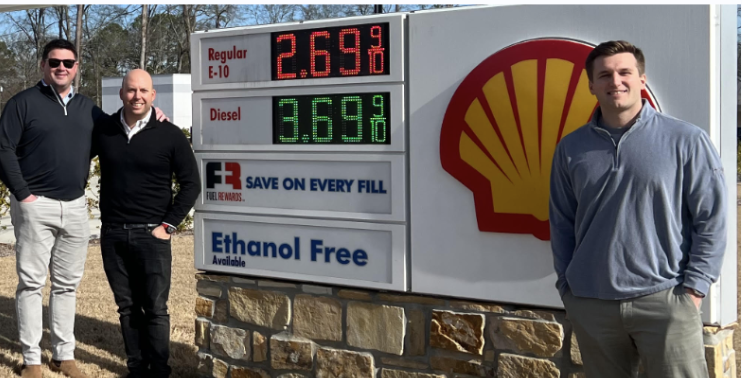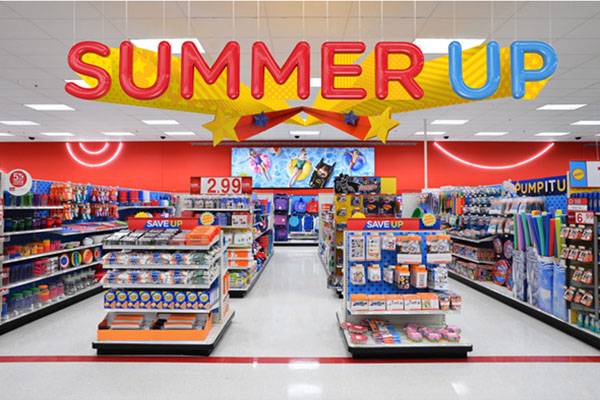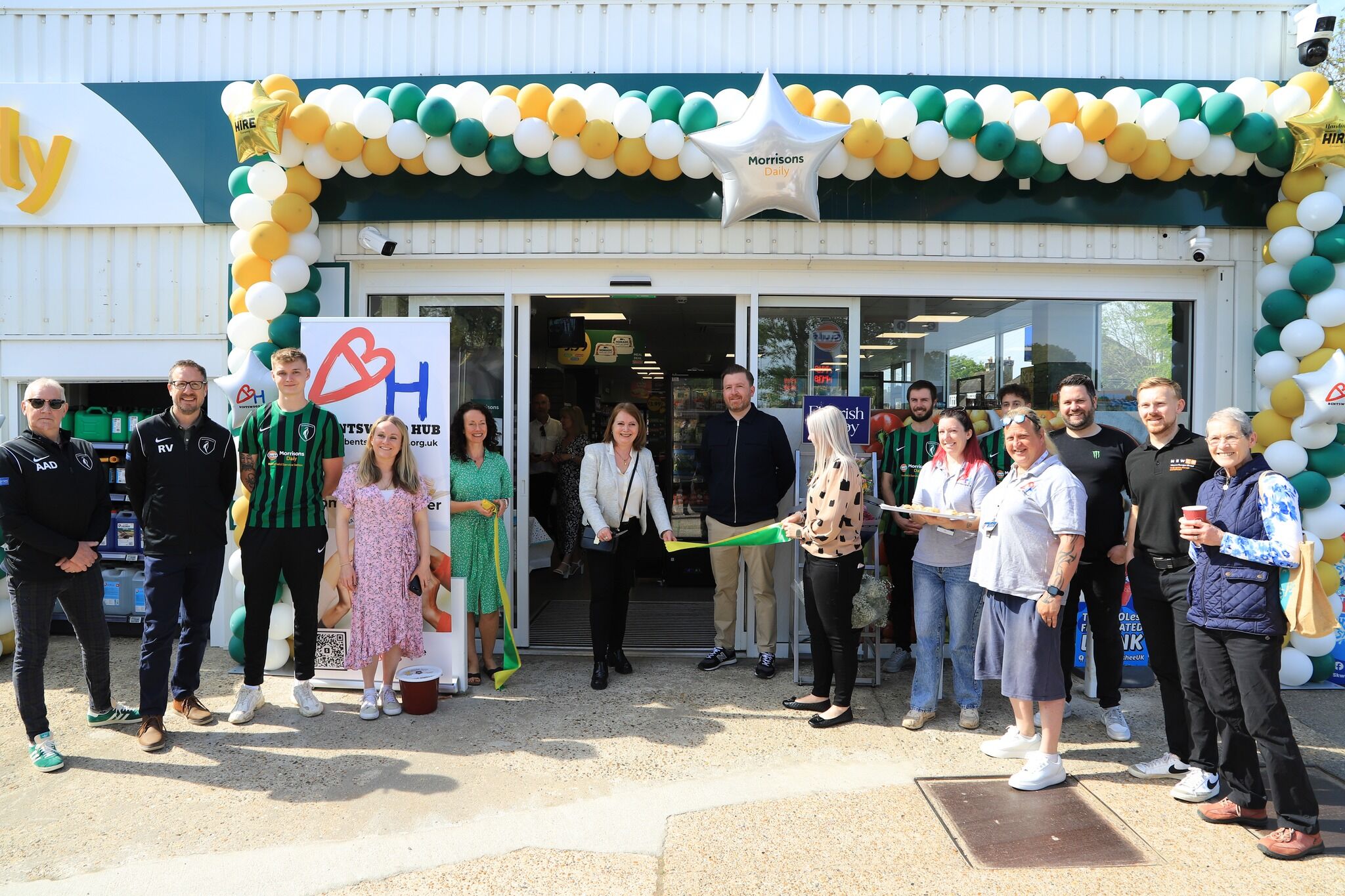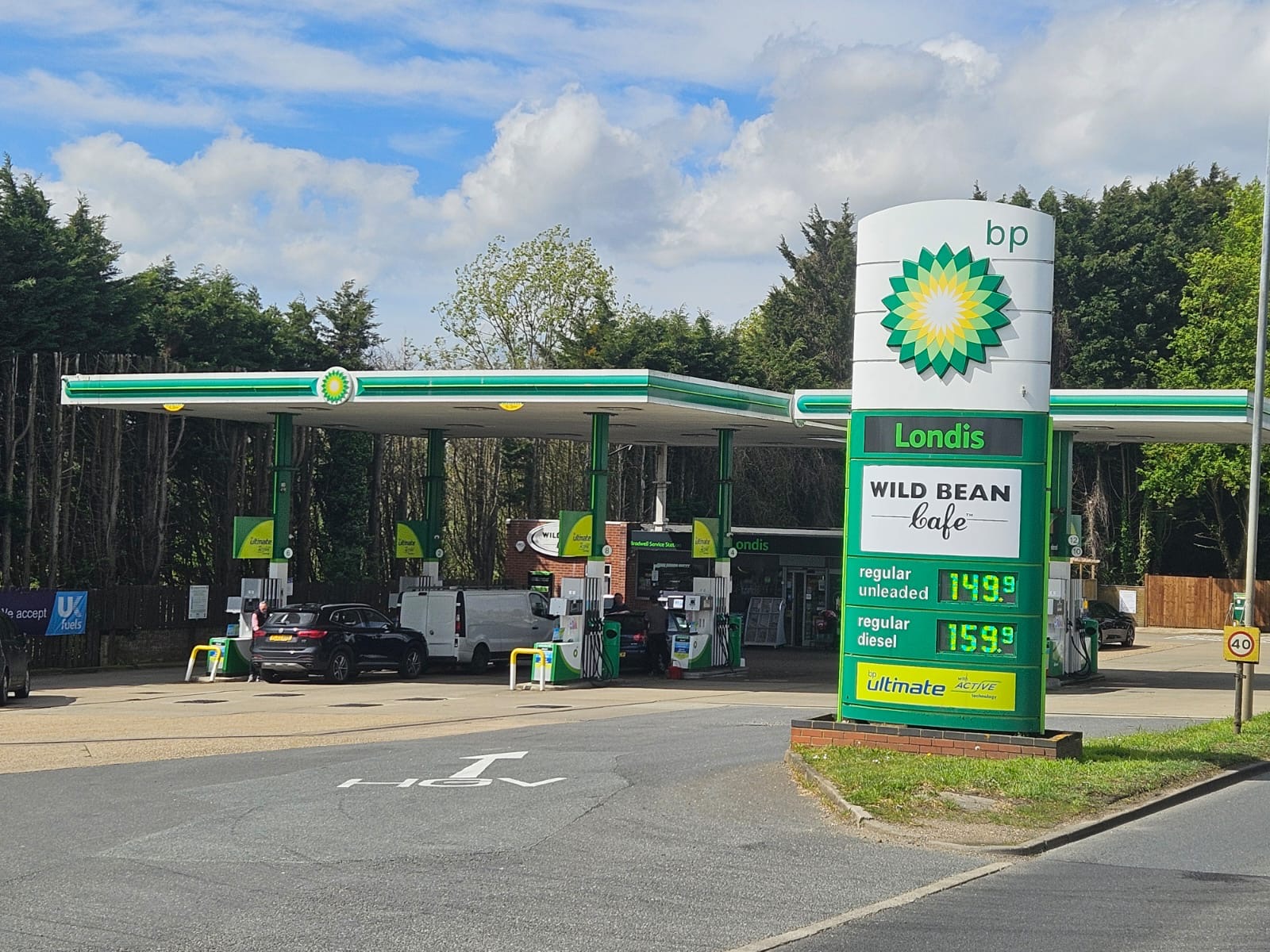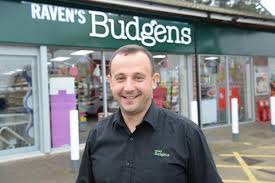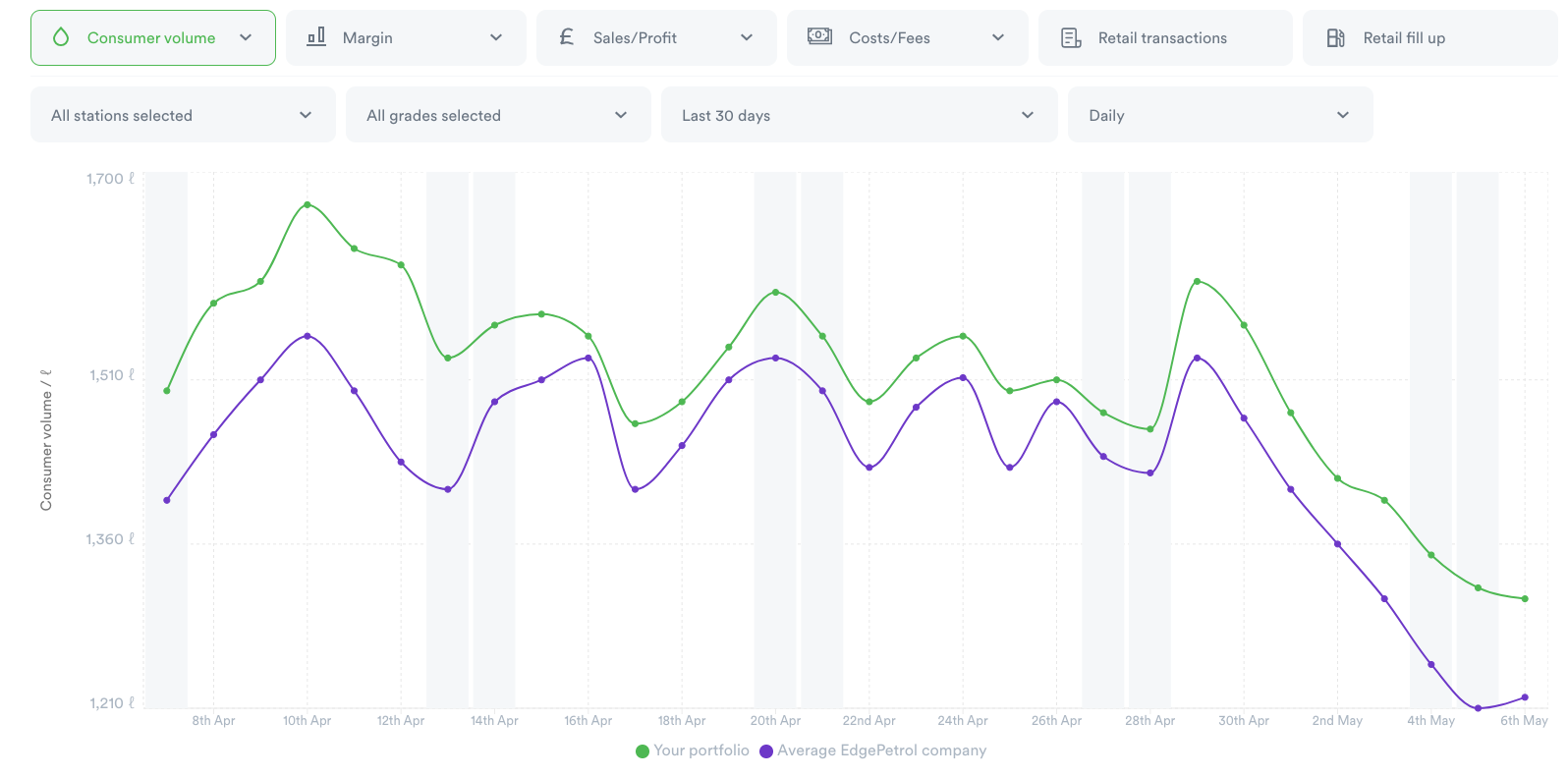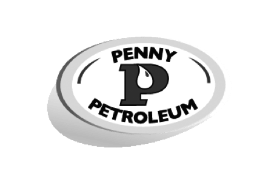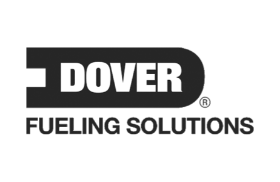In fuel retail, like in any other business, the key to success is balancing the volume and margin through the right pricing. In this article, we will focus on how to leverage premium grades and strike the right balance.
.jpg)
We have seen that within the independent fuel retail market, volumes have been generally decreasing due to:
- More efficient engines
- Electric vehicles
- Market consolidation
- Aggressive larger competitors (e.g. hypermarkets)
- Lockdowns
Faced with all of these external threats, independent retailers have to identify the right pricing at each station to protect their volumes and profits alike.
And who better to comment on pricing strategies than the leading price consultants in the world – Simon Kutcher & Partners? Hermann Simon, its founder, classified the pricing strategies into five basic options:
1. luxury
2. premium
3. medium,
4. low
5. ultra-low.
Notice how he started with luxury as a benchmark.
“If you want luxury margins, sell luxury”
These were the words of a famous designer. Maybe Coco Chanel, Jean Paul Gaultier or someone else, I can’t remember. Regardless of who said them – the words stand true.
When we think about how this relates to fuel, low and medium prices for the regular grades are very much bound to the fuel brand of each station and the strength of the competing brands. In these cases, we’ve seen the retailers tend to match the competition or sit slightly above them if their brand has a better customer perception.
At the other end of the scale, most will agree that buying fuel on the motorway (based on the convenience of the location) or filling up with premium grade fuel can be considered a ‘luxury’.
Talking of premium grades…
Premium grades have “premium” in the title for a reason.
Whilst you can just as well drive and reach your destination with a regular grade, a premium one gives you a certain satisfaction – protecting your engine, gaining more miles per gallon and also moving around a bit faster due to the higher octane number.
Thanks to this perceived additional value, your customers are willing to pay a little extra.
And here is where the pricing experts Simon and Fassnacht identify an opportunity – premium grades customers are likely to be more insensitive to prices. Equally important, there is virtually no race to the bottom in the premium segment because all the players would risk ruining their brand image.
Retailers typically have a standard pricing formula for their premium grades and that is rarely revised. It is a fixed differential on top of the regular grade that doesn’t see many revisions, experimentation and reiteration.
We recommend retailers to test the sensitivity of their customers to the premium grades prices and tap into its upper limit because:
- The premium margins can increase the overall fuel profit, as simple as that.
- The premium margins can be used to subsidize the regular grades, just like business class tickets subsidize the economy class. Whilst the premium volume remains fairly untouched, with more affordable regular regular grades you will be seeing more customers in the shop as well.
- The premium grades can be reduced to entice regular grade customers to make an upgrade.
So, the next time you are looking to change your prices – spend another minute thinking about your premiums. You may be able to grow your profits and better service your customers.
Note: this article was inspired from Price Management (Hermann Simon and Martin Fassnacht, 2019)



